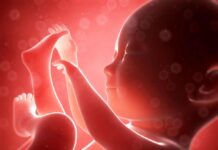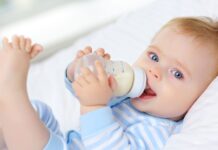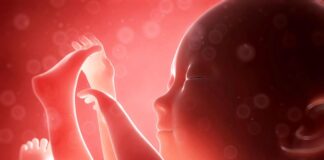Hair loss disease was considered a common disease in the old days. One loses hair with time. But it looks strange when you hear about the hair loss of babies. It is advised not to be too attractive with hairs because they are not everlasting. Most babies are born with hairs on their heads but remember they will remain too long.
Too many changes have been observed in the first weeks and months after the birth of the babies. But parents have never accepted that their newborn will get bald so soon. Your baby can experience the patch on his head due to hair loss.
During the first trimester, a fetus starts growing hair. Fortunately, hair loss in infants is not a thing to worry about much. When an infant is born, he loses some amount of hairs. Of course, this hair loss is a clue that the baby is trying to make new adjustments outside the womb in a new environment. Newborns do not lose their hairs as adults do.
Hormonal shifts in babies growth
Sage Timberline, a paediatrician at the University of California, explained that big hormonal shifts happen in a baby’s body after birth, which can cause all of their hairs to enter the resting phase.
For successful and healthy birth, the mother and baby experience hormonal changes during labour. When mothers do some work, it gives a kick start to making hormones that are important after birth, outside the womb. Timberline, communicating with Livescience, said that some hormones are released to develop arteries and veins in babies.
Cortisol is a hormone that helps babies to mature their lungs. It helps them to take their first breath. Due to these hormones, babies produce heat and energy. Triggering of fight or flight response, regulation of metabolism, and a vast array of physiological functions are also determined by cristol.
Labour of mother
When a mother performs some labour, this labour puts stress on a baby, said timberline. This stress triggers the production of different hormones. The production of hormones like cristol is also the result of the same stress. This hormone then became the reason for the development of survival.
The hair of the babies usually starts to shed in the 8 to 12 weeks since birth. These hairs begin to grow again when the baby’s age reaches 3 to 7 months. Baby’s hair becomes thicker when he reaches the age of 2 years. The timing and pattern of hairs growth and fall depend upon multiple factors that are sex, ethnicity, genetics, the conditions of birth, and the baby’s nutrition.
The timberline also said that the hairs colour of the babies after their birth changes several times, so it is difficult to predict the exact colour of your newborn. What we can do is enjoy every colour of hairs that nature has provided to the baby.






